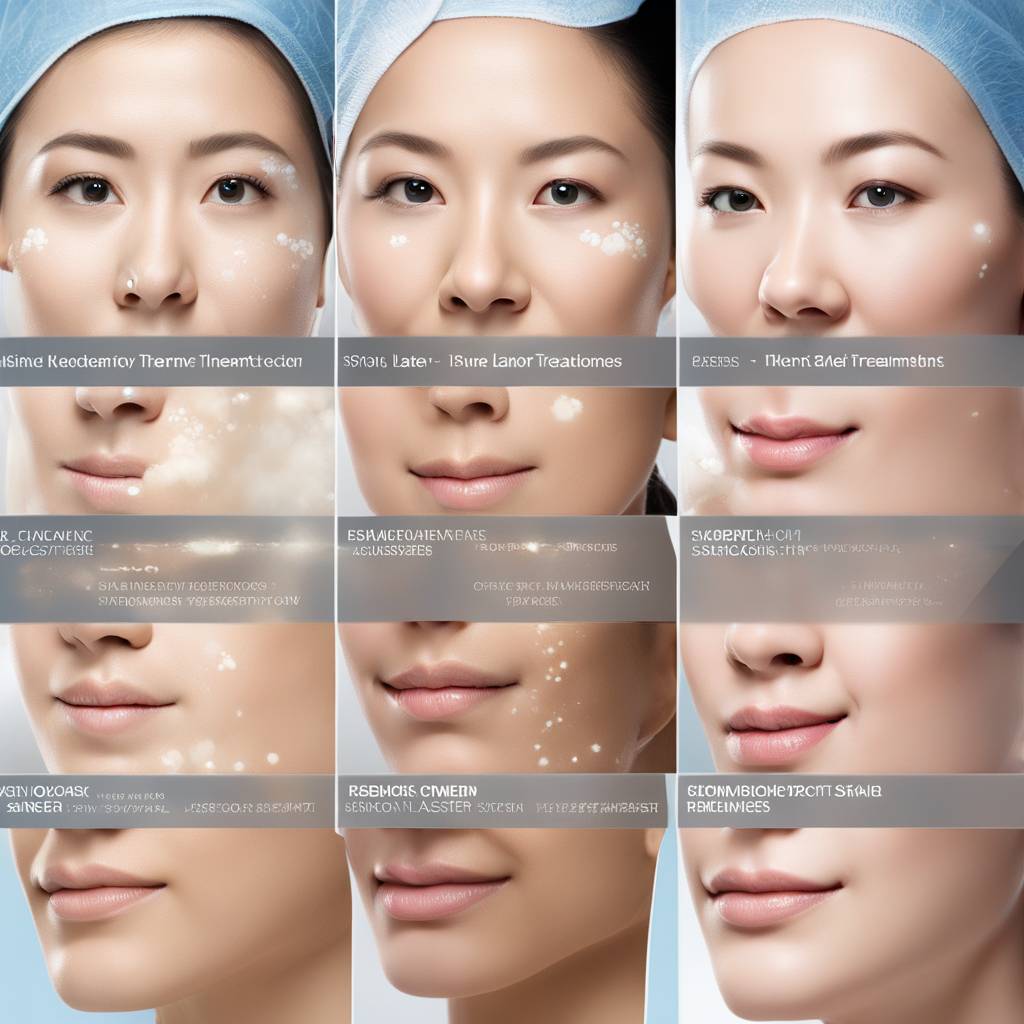The Osaka Metropolitan University-led research group has developed an index of the threshold energy density and wavelength for picosecond lasers used in laser treatment to improve efficacy and reduce complications. Picosecond lasers are being utilized to remove pigmented lesions by delivering energy beams in pulses lasting a trillionth of a second and targeting melanosomes, which produce and store melanin responsible for pigment. Postdoctoral Fellow Yu Shimojo and professors Toshiyuki Ozawa and Daisuke Tsuruta were part of the team that developed this index for picosecond lasers’ wavelengths used in clinical practices.
By comparing previously reported clinical studies, the researchers confirmed that the low complication rates and high efficacy seen in these studies can be explained by these wavelength-dependent indicators. This development is crucial in enhancing the safety and effectiveness of laser treatments for pigmented lesions, as it provides scientific evidence for setting irradiation conditions in clinical practice. Postdoc Fellow Shimojo stated that using this indicator is essential in improving the treatment’s safety and efficacy, moving away from relying solely on physicians’ experience and towards evidence-based picosecond laser therapy.
The development of this picosecond laser index is significant in advancing laser treatment for skin blemishes and pigmented lesions. By providing a standardized approach to setting irradiation conditions based on wavelength-dependent indicators, the efficacy and safety of laser treatments are expected to improve significantly. With the implementation of this scientific evidence, healthcare professionals can tailor laser treatments more accurately to individual patients’ needs, enhancing outcomes and minimizing complications.
Through the utilization of the picosecond laser index developed by the Osaka Metropolitan University-led research group, healthcare providers can offer more precise and effective laser treatments for pigmented lesions. With a focus on evidence-based practice rather than solely relying on clinical experience, the safety and efficacy of laser treatments can be enhanced. This advancement in laser treatment technology provides a standardized approach for setting irradiation conditions, based on wavelength-dependent indicators, improving treatment outcomes for individuals seeking to address skin blemishes and pigmented lesions.
Overall, the development of this picosecond laser index by the Osaka Metropolitan University-led research group marks a significant advancement in laser treatment for pigmented lesions. By offering a standardized approach to setting irradiation conditions based on wavelength-dependent indicators, this technology has the potential to improve the safety and effectiveness of laser treatments. Moving towards evidence-based practice in picosecond laser therapy, rather than relying solely on clinical experience, can enhance treatment outcomes for individuals seeking to address skin blemishes and pigmented lesions with laser therapy.


